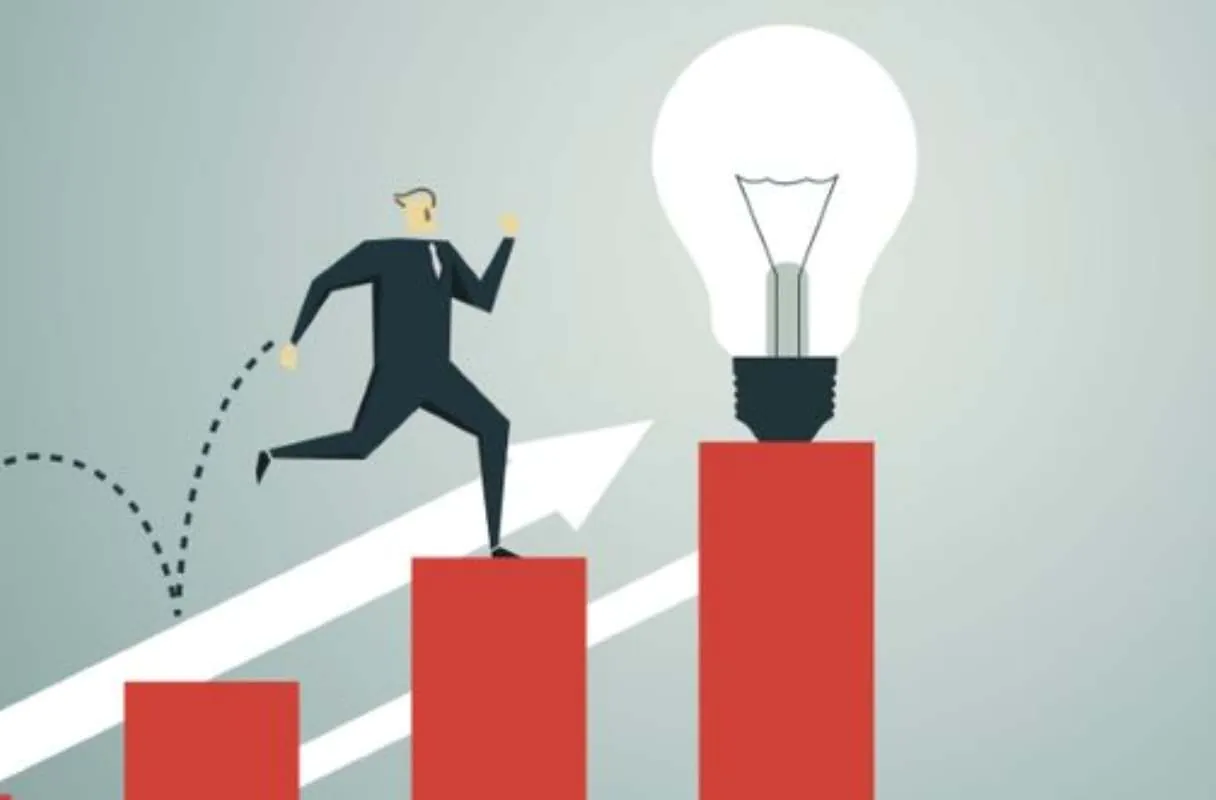Author: Lead Business Intelligence Analyst, Infiniti Research
Introduction to Pharmaceutical Market Segmentation
As traditional healthcare business models encounter challenges from fragmented markets and shifting decision-making authority from physicians to healthcare administrators, effective segmentation becomes essential. By tailoring products and marketing strategies to specific patient populations, pharmaceutical companies can better understand diverse needs and enhance product relevance. This strategic approach optimizes resource allocation and improves engagement and health outcomes, making market segmentation a key component of success in today’s competitive landscape.
In this article, we’ve discussed the critical role of pharmaceutical market segmentation in the pharmaceutical industry, particularly due to rising healthcare costs and the demand for affordable solutions.
Current Challenges in the Pharmaceutical Industry
- Regulatory Compliance: Strict regulations can lead to fines and reputational damage.
- Pricing Pressure: Demand for lower prices affects profit margins.
- Data Security: Increased risk of cyber threats to sensitive data.
- Talent Shortages: Difficulty in finding skilled professionals hampers innovation.
- R&D Costs: High costs and long timelines for drug development.
- Supply Chain Management: Ensuring safety and quality across a complex supply chain.
- Aging Population: Growing demand for medications presents both opportunities and challenges.
- Innovation and Technology: Rapid tech advancements require quick adaptation.
Importance of Customer Experience in Pharmaceuticals
Engagement with HCPs
Patient-Centric Approaches
Digital Transformation
- Engagement with HCPs: Strong relationships with healthcare professionals enhance loyalty.
- Patient-Centric Approaches: Understanding patient needs leads to better products and outcomes.
- Digital Transformation: Utilizing digital tools improves interactions and satisfaction.
Understand the Secrets of Smart Market Segmentation

Market segmentation is the process of segregating a market of potential customers into segments, or groups, based on various characteristics. The segments created to consist of customers who will respond similarly to marketing strategies and who share traits such as similar needs, interests, or locations. The sole objective of the market segmentation process is to be able to design a marketing strategy, mix or program that matches, and is as impactful as possible, for each specific segment.
What are the Different Types of Pharmaceutical Market Segmentation?
Pharmaceutical market segmentation is a crucial strategy that allows businesses to tailor their offerings to specific groups of consumers, enhancing relevance and engagement. Different types of market segmentation include:
- Demographic Segmentation: Divides the market based on age, gender, income, education, and family size.
- Geographic Segmentation: Segments consumers by location, such as country, region, or city.
- Psychographic Segmentation: Focuses on consumer lifestyles, values, interests, and personalities.
- Behavioral Segmentation: Based on purchasing patterns, usage rates, brand loyalty, and benefits sought.
- Firmographic Segmentation: Used in B2B, segments organizations by industry, size, revenue, and employee count.
Key Benefits of Effective Pharmaceutical Market Segmentation
Market segmentation offers several key benefits that enhance a company’s effectiveness and competitiveness in the marketplace. Some of these benefits include:
- Enhances Focus: Tailors marketing efforts to specific segments for better returns.
- Boosts Competitiveness: Strengthens market share and brand loyalty, deterring new entrants.
- Facilitates Expansion: Enables strategic targeting of nearby markets to increase revenue.
Pharmaceutical Market Segmentation Strategies: Tick the Checklist
A good market segmentation strategy should be measurable, clearly identifiable, easily accessible, durable, and demonstrate distinct responses to marketing efforts.
-
Strategy 1
Measurable
Segments should allow for easy tracking of leads, sales, and engagement to avoid overlap.
-
Strategy 2
Clearly Identifiable
Each segment must be unique and distinct to prevent confusion and ensure effective targeting.
-
Strategy 3
Accessible
Effective communication channels are essential for reaching target segments and maximizing ROI.
-
Strategy 4
Durable
Segments should be stable over time to facilitate consistent marketing efforts and resource allocation.
-
Strategy 5
Responding Differently
Segments must show varied responses to marketing strategies to confirm their uniqueness.
Curious about how to transform your pharmaceutical marketing with effective segmentation strategies? Unlock the secrets to reaching your audience more effectively and driving impactful results! Want to know more?
How can Market Segmentation Help Pharmaceutical Companies?
To effectively engage with physicians and patients, pharmaceutical companies must adopt a customer-focused approach, and market segmentation offers several key advantages:
- Customer Understanding: Enhances insights into target customers for impactful marketing.
- Consumer Insights: Provides detailed information on personalities, values, and beliefs.
- Attitudes and Motivations: Identifies what customers want and why they want it.
- Psychographic Insights: Reveals factors driving behavioral changes for targeted messaging.
- Data Analysis: Combines behavioral and demographic data with consumer insights for effective strategies.
Case Studies and Real-World Examples
| Case Study | Segmentation Strategy | Impact on Customer Experience and Business Outcomes | Lessons Learned |
|---|---|---|---|
| Zara | Targets fashion-forward millennials with a focus on trendy, affordable clothing. | Enhanced personalization and increased sales through a fast-fashion model that keeps inventory fresh. | Data-driven decisions are crucial; continuous refinement is necessary to adapt to market changes. |
| Apple | Launched iPhone 5C to attract budget-conscious consumers while maintaining appeal to high-end customers. | Increased sales by appealing to diverse consumer segments, enhancing brand loyalty and market share. | Overgeneralization can lead to ineffective strategies; understanding customer needs is vital. |
| Wondercide | Re-engaged high-value customers through personalized direct mail campaigns. | Boosted customer retention and satisfaction by delivering tailored marketing messages. | Personalization can significantly improve customer engagement; neglecting evolving preferences can backfire. |
| Mountain Khakis | Targeted female gift-buyers during the holiday season to increase sales and engagement. | Increased sales through targeted marketing efforts that resonated with specific consumer segments. | Identifying and focusing on niche markets can yield substantial results; flexibility in strategy is key. |
Elevate your brand strategy today by embracing targeted segmentation that resonates with your audience! Discover how personalized marketing can transform customer engagement and drive sales, just like Zara and Apple have done. To start your journey towards impactful marketing solutions and make your brand the go-to choice for consumers seeking unique and tailored experiences,
Conclusion
In conclusion, market segmentation is crucial for the pharmaceutical industry, enabling companies to tailor their strategies to specific segments and achieve better market penetration. By employing demographic segmentation, psychographic segmentation, behavioral segmentation, and geographic segmentation, pharmaceutical companies can effectively address diverse patient needs and preferences. These strategic approaches allow for more precise targeting, enhancing marketing efforts and ultimately improving patient outcomes.


